How To Fix False Ceiling
False ceilings are increasingly being incorporated into modern architecture since they not only lend aesthetic value, but also create visual depth and layers. False ceilings are often known as dropped ceilings as they are literally dropped or hung from the main ceiling. One of the main functions of false ceilings is to conceal wiring, air conditioner ducts and so on. Such ceilings can also be used to delicately divide a large space into intimate sections without building walls. False ceilings accompanied with cove lighting can take the look of any space, be it your living room, bedroom, or dining area, to a whole new level too.
False ceilings can be designed in a number of ways. The most common materials used to build a false ceiling are gypsum sheets or pre fabricated panels. Apart from these, wood panels are also often used to create such ceilings. You can install false ceilings on your own, or hire a professional if you are not very confident of managing things yourself. In either case, it will help you to be aware of the process of installing a false ceiling. Go through our step by step tutorial for a clearer insight.
Easy installation
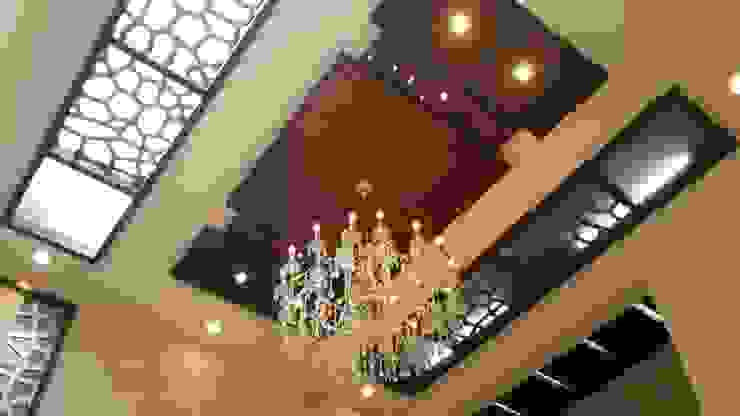
![]()
There are two main ways of installing a false ceiling in your room. With the first method, the false ceiling panels are installed directly on the beams. To do this, you must first build a wooden frame of regularly spaced parallel beams. Since the roof beams may be of varying heights; change the height of the frame beams accordingly. The end result should be a frame that has a uniform base level. Once this is done, screw on the ceiling panels to the wooden framework. Take care to ensure that there are no gaps between the panels. Derive inspiration from this gorgeously rendered false ceiling by Hasta Architects from Karnataka, India.
Sometimes you may want to install the false ceiling in such a way, that the area between the false ceiling and the actual ceiling of the house can be accessed. In such cases, you will need to suspend the false ceiling.
Install wall supports and frame elements
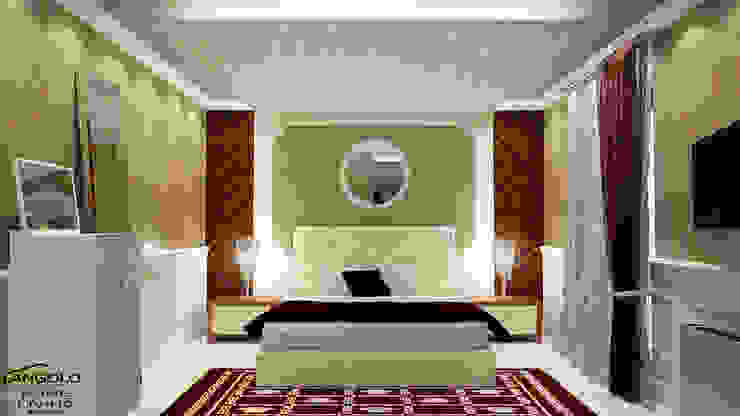
![]()
The wooden frame along the ceiling will need to be now duplicated below the wooden struts. Use a laser level to mark the bottom height of the wooden struts along the wall. if you do not have a laser level, you could also use a cord and spirit level. Measure and cut wooden beams of equal thicknesses to the length of the room. Fix this framework to the bottom of the struts and also to the walls. This will ensure that your false ceiling work has a sturdy base. If you are planning to install lights as part of your false ceiling details, you should plan the wiring and light points at this stage.
Build a frame

![]()
To begin, you must first build a wooden framework similar to the one used in the installation method above. This is necessary to create an even base level from which your false ceiling panels will be suspended.
Fix vertical wooden struts
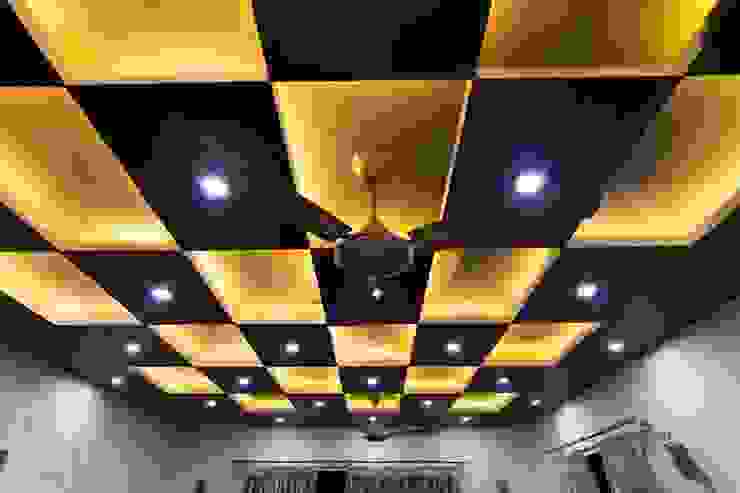
![]()
You must now decide the height for your false ceiling. Mark the desired height from the floor along the walls. Measure the remaining height from these markings to the wooden framework to get the length of wooden struts required. Cut the wooden struts according to this measurement. Struts should ideally be spaced at intervals of 60cm as this is the usual width of insulation panels. Use this to calculate the number of struts you will need for a room. Fix the struts to the wooden frame with the help of screws.
Install the insulation

![]()
Insulation panels are generally available in widths of 60 cm. Since the struts have been spaced according to this width; you can install the panels as they are. Insulation panels should be installed not only horizontally but also vertically between the struts. When installing the horizontal panels, fit them over the beams of the frame. Safety is very important when installing insulation. Handle the insulation panels with gloves, and wear safety glasses and a dust mask when installing the insulation.
Install false ceiling panels
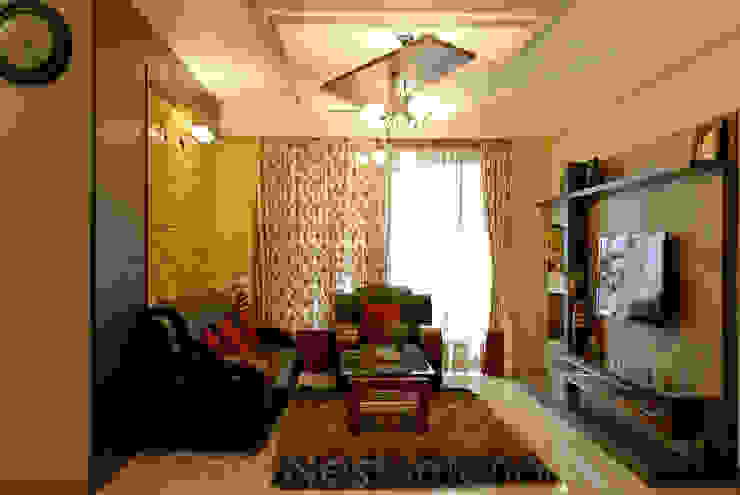
![]()
Once the insulation panels are installed, you are now ready to install the false ceiling. Begin in a corner and install the first ceiling panel using 25mm plasterboard screws spaced at intervals of 20cm. Do not let the panel touch the wall, but leave an 8mm expansion gap between the edge of the panel and the wall. Complete one length of a room before attaching the next row of ceiling panels.
When you reach the end of the row, you may need to cut and reduce the length of the ceiling panel. To do this, first measure the space and mark it on the panel. Score the surface of the panel along this line with a hobby knife. The two parts can then be broken apart. You will then need to cut through the cardboard backing. Use this method to also cut out sections where lights are to be installed. When beginning a new row, you could either use the remainder of this panel or a fresh panel.
Finishing the edges

![]()
With all the panels installed, you are almost at the end of the installation process. Wipe the edges of the panels with a cloth to remove dust. Use a putty knife to apply grouting paste in the gaps between panels and leave to dry for 24 hours. If needed, a second layer can then be applied. When the grout is dry, smooth the edges with sandpaper.
Use finishing strips to finish the outer edges of the false ceiling. These can be easily fixed with a few drops of adhesive. Apply the glue to the finishing strips and the panel edges, and wait for five minutes before pressing the finishing strips into place. Cut the strips at 45 degrees to get neat corners. The ceiling panels then need to be treated with a base coat of primer before any further ornamentation can be done.
Plaster-of-Paris medallions are the most common ways to ornament false ceilings. Alternatively, you could paint the false ceiling panels or wallpaper them to add interest. You could also use molding panels to create a pattern on the ceiling. Gold leafing a false ceiling is another way of adorning it and it also adds an element of luxurious living. Check out another ideabook for more inspiration - 6 Brilliant ideas for a stylish ceiling.
Things to keep in mind before installing a false ceiling
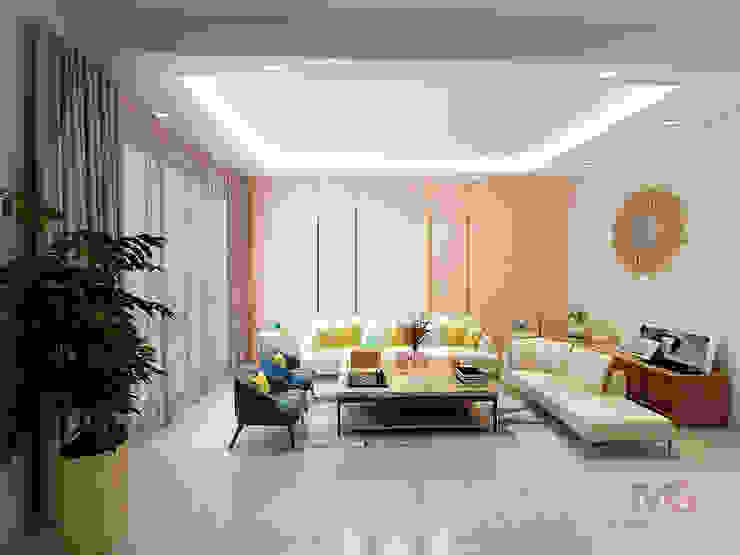
![]()
• Check the height—Before placing the suspenders, it is essential to get the height checked as some ceilings need more headroom than others. Also, be prepared to increase or decrease a few inches of height as the POP design sheets will consume some room.
• Size and design—Another factor to consider is the size as you must decide whether you want to cover the entire surface or a specific part around the lighting fixtures. In Indian homes, when it comes to the design of the false ceiling section, squares and rectangles are extremely popular. However, you can opt for unconventional creations as well.
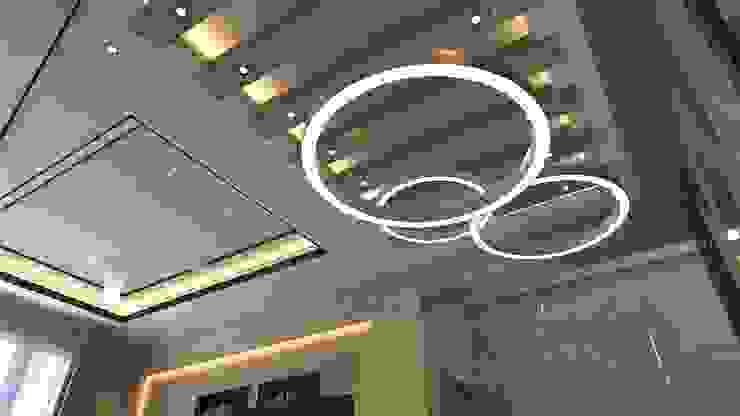
![]()
• Colour scheme—The colour scheme of the ceiling depends to a large extent on the colours used in the rest of the room. While shades of cream and white are selected to create a simple yet elegant look, brown or orange can add a touch of rusticity and create a cosy ambience.
• Maintenance and repairs—Before selecting any material, make sure you consult professionals to understand the type of maintenance it may require. Though false ceilings do not require regular maintenance, you may have to clean them with a dry cloth every once in a way to prevent the dust from accumulating.
8 tricks to protect your house from bad luck
How To Fix False Ceiling
Source: https://www.homify.in/ideabooks/666885/a-step-by-step-guide-for-false-ceiling-installation
Posted by: cappsutonce42.blogspot.com

0 Response to "How To Fix False Ceiling"
Post a Comment